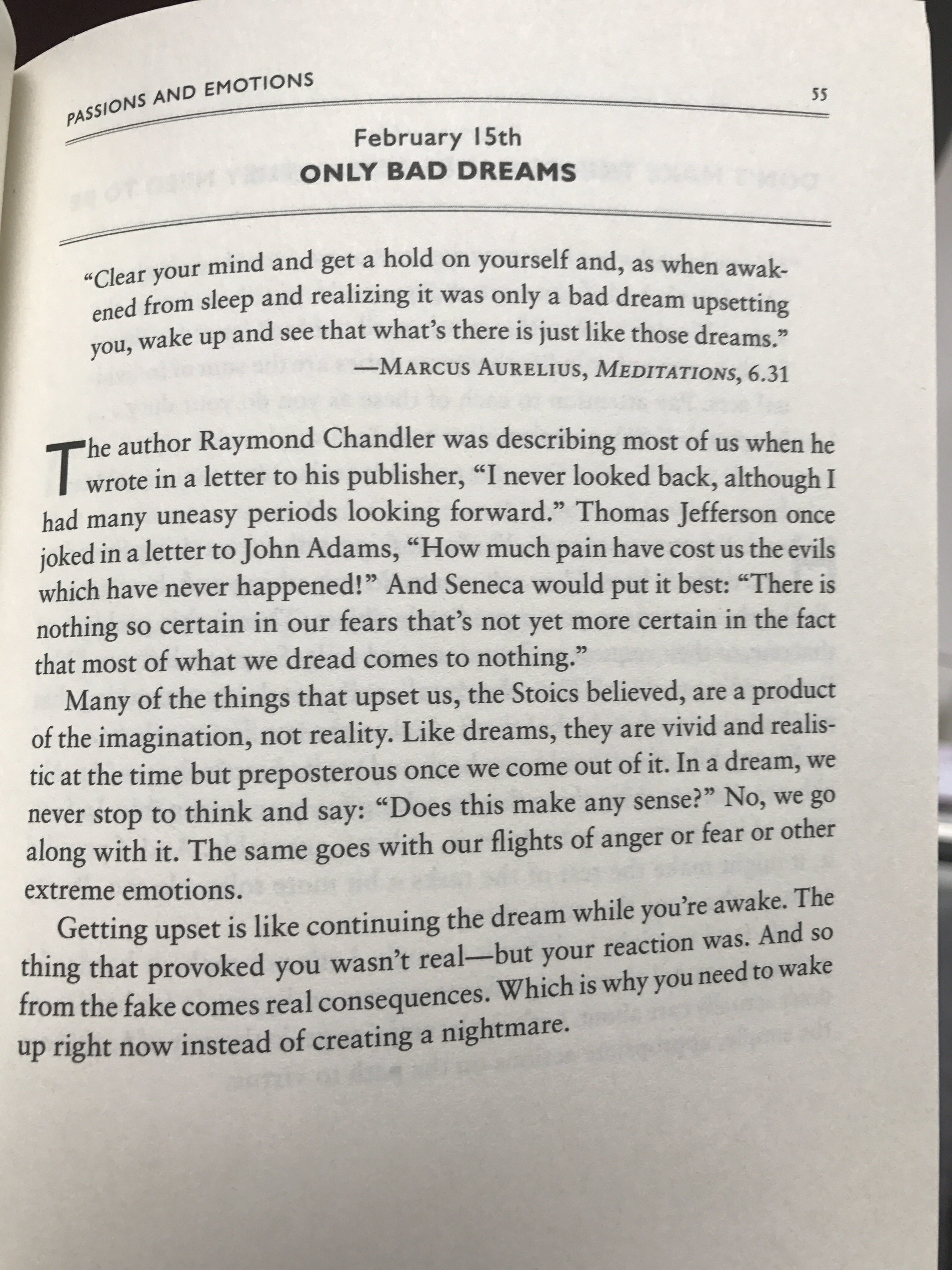I know from personal experience that having a plan and contemplating intentions leads to a more well-lived life. A life lived more in alignment with my values and intentions because I am keeping those plans top of mind and reducing the random walks and drifting in life. It is during the drifts that I get into troubled waters usually (again discerned after much contemplation). So realizing that things go better when my intentions are more often in my conscious mind, I started thinking about what daily habits or exercises I could add to support that behavior. For the last month, I have been doing this Intention/Decision activity, and it has won a spot in my daily routine, so here it is. While related to “How to make decisions” which lays out a set of decision guardrails, this is more of a tactical support habit for planning and cognitive authenticity.
The Exercise:
As part of my morning routine, after making coffee, before sitting down for Morning Pages, I sit down with the day’s calendar and my to-do list and fill out an Intention/Decision log. A list of the major decisions I expect to have to make today. Things that are habits are not on the list. There is not a decision to make if it is a habit. Whatever comes to mind. Like where and with who should I have dinner? Or Should I work out or not if it is an off habit day? Or should I accept an invitation to play poker with friends? Should I do this big project today or tomorrow? Here is my Intention/Decision log for today:
 Here are the column descriptions:
Here are the column descriptions:
Filled out in the morning for Today:
Date/name: I put the date and my name there (obviously)
Word of the day: What word do I want to be the foundational intent of the day. Today is “Present.” Often it is one of the four Stoic virtues (Temperance, Wisdom, Justice, Courage). It is the first word that pops into my head when my pen gets to that par of the page.
Cat: What category is the decision in? Of the four big classes of that affect life balance and wellness, Health, Wealth/work, Relationships/Family/Tribe, Soul/Spirituality. Then fill out how many decisions in each category down below. This will give me a cognitive trigger for how the day is going to be balanced. Is it primarily a work day? or relationships? or spirituality? Also, it helps me to make sure (since one of my goals is to have a balanced life) to have a major decision in each of the four categories.
Decision: What is the decision I expect to have to make today?
Intention: What is my intention around that decision? Now, in the morning, with my virtues and goals by my side, before the craziness of the day has taken over. What is my intention?
TWJCI: Does this decision have anything to do with the four major Stoic Virtues or an Indifferent? Temperance, Wisdom, Justice, Courage, or Indifferent? An Indifferent is wealth, status, fame, health, etc. All decisions should have at least one of these. Because if it does not, the decision is likely out of my control and should not be a decision at all. Or it is a habit which is also not a decision.
Then also in the morning, I pick up the Intention/Decision log from yesterday and review my performance yesterday by filling out these columns:
Y/N: Did my actual decision match my intention Yes or No.
Notes: Especially if the decision didn’t match the intention, why? What was the reason for variance?
% I/D sync: How may Y vs N in the Y/N column. Today it was 6/7. That means 6 out of 7 times I ended up making the decision during the day that I intended to in the morning. My goal is 100% synchronization.
Primary Variance Cause: Why did I not follow through on intentions. If it happened a lot, what is the ONE THING that was the biggest cause. This is to raise this leak in my cognitive stack so I am aware of it going forward.
One Change for Tomorrow: What one thing (if anything) should I do going forward to achieve 100% Intention/Decision synchronization?
The Results:
This exercise has really helped wake me up to the truth of “Am I living life according to my stated values?” Something that can easily get sidetracked without a habit of reflection. I like the exercise and will keep it in my daily routine until further notice. It takes less than 5 minutes a day and is worth the investment for the cognitive authenticity it adds.
The Science:
I invented this one, but I am sure some part of Cognitive Behavior Therapy agrees with exercises to remind cognitive self about your values and intentions on a regular basis.
References:
Here is an Intention decision worksheet log you can use yourself.













